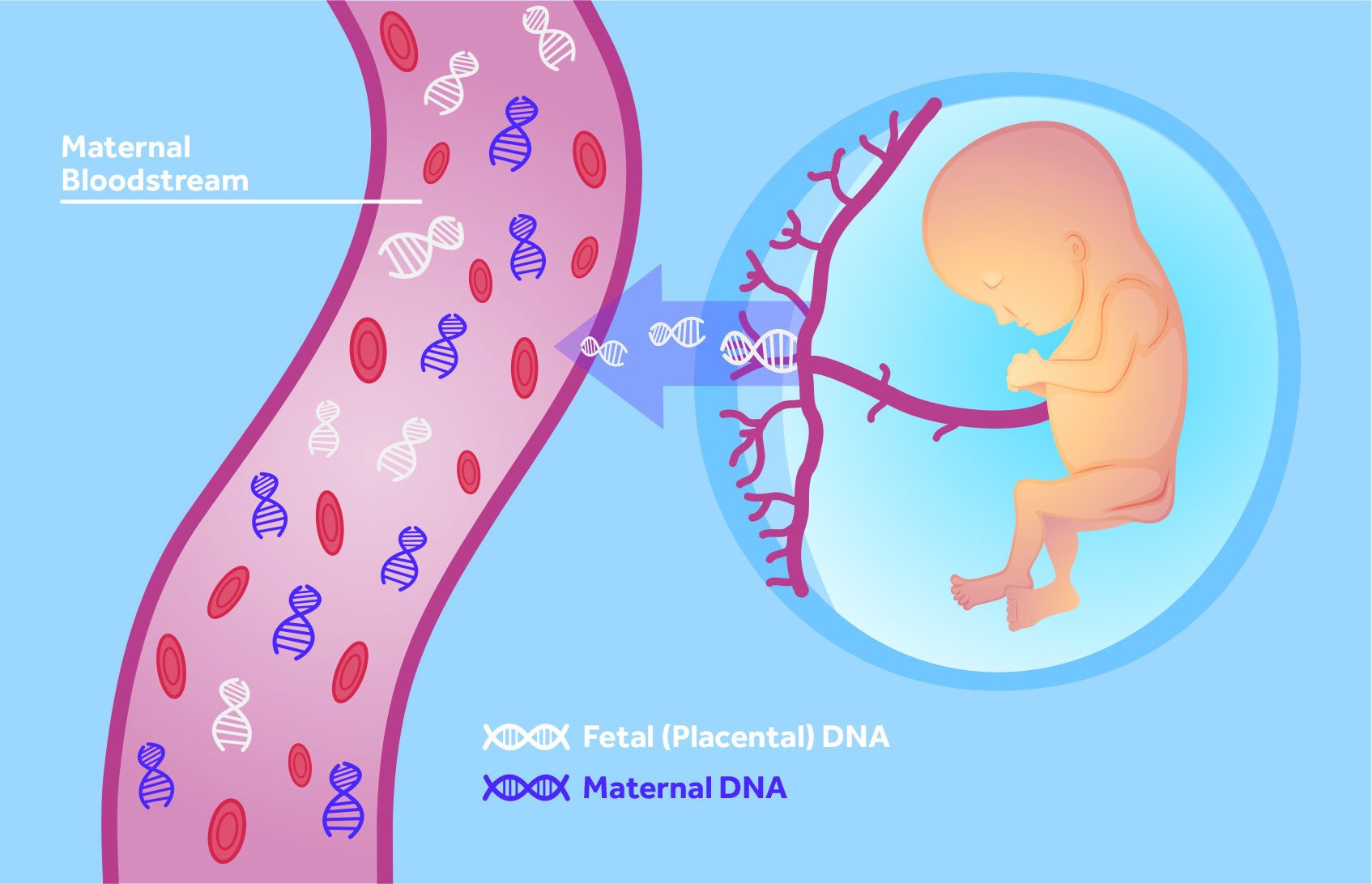Scientists can now use the mother s blood with the father s saliva to sequence their unborn baby s dna it allows thousands of genetic diseases to be identified without invasive procedures

Scientists Can Now Use Mother’s Blood with Father’s Saliva to Sequence Unborn Baby’s DNA

In a groundbreaking development, scientists have discovered a non-invasive method to sequence an unborn baby’s DNA using the mother’s blood and the father’s saliva. This revolutionary process allows for the identification of thousands of genetic diseases without the need for invasive procedures, such as amniocentesis or chorionic villus sampling (CVS).
This breakthrough in prenatal testing opens up a world of possibilities for expecting parents and medical professionals alike. By simply analyzing a blood sample from the mother and a saliva sample from the father, scientists can now obtain a comprehensive picture of the unborn baby’s genome. This non-invasive technique not only eliminates potential risks associated with invasive procedures but also provides an opportunity for early detection and intervention, ultimately improving the health outcomes for both mother and child.
Traditional prenatal testing methods, such as amniocentesis and CVS, require the insertion of a needle into the mother’s womb, which carries certain risks and discomfort. Additionally, these invasive procedures only provide limited insight into the baby’s genetic makeup, focusing primarily on a select number of chromosomal abnormalities. However, with the utilization of mother’s blood and father’s saliva, scientists can now examine the baby’s entire genome, enabling the identification of a wider range of genetic disorders.
The process behind this breakthrough involves isolating and analyzing the fragments of fetal DNA present in the mother’s blood. Through advanced sequencing techniques, scientists can distinguish between the mother’s DNA and the fetal DNA, allowing for accurate and comprehensive analysis. By combining this with the father’s saliva, which contains paternal DNA, researchers are able to obtain a complete genomic profile of the baby.

The implications of this discovery are immense. By identifying thousands of genetic diseases through non-invasive means, parents can be equipped with critical knowledge about their unborn child’s health. This knowledge enables them to make informed decisions about potential treatments, interventions, and lifestyle changes that may positively impact the baby’s future well-being.
Furthermore, the use of the mother’s blood and the father’s saliva for sequencing unborn baby’s DNA not only reduces the physical risks associated with traditional invasive testing but also lessens the emotional strain and anxiety experienced by expectant parents. It eliminates the need for unnecessary medical procedures, while still providing accurate and reliable genetic information.
As with any medical advancement, there are still limitations and challenges that need to be addressed. Although this non-invasive method shows immense promise, it is not yet widely available or offered in standard prenatal care. Wider adoption and integration of this technique into routine prenatal screenings will require further research, validation, and refinement.
In conclusion, the ability of scientists to utilize the mother’s blood with the father’s saliva to sequence an unborn baby’s DNA represents a significant milestone in prenatal medicine. This non-invasive method has the potential to revolutionize prenatal testing, allowing for the identification of thousands of genetic diseases without invasive procedures. By harnessing the power of genomic sequencing, expectant parents can now obtain crucial information about their baby’s health, empowering them to make proactive decisions for a healthier future.
Source: ZDNet
Share
Related Posts
Quick Links
Legal Stuff

